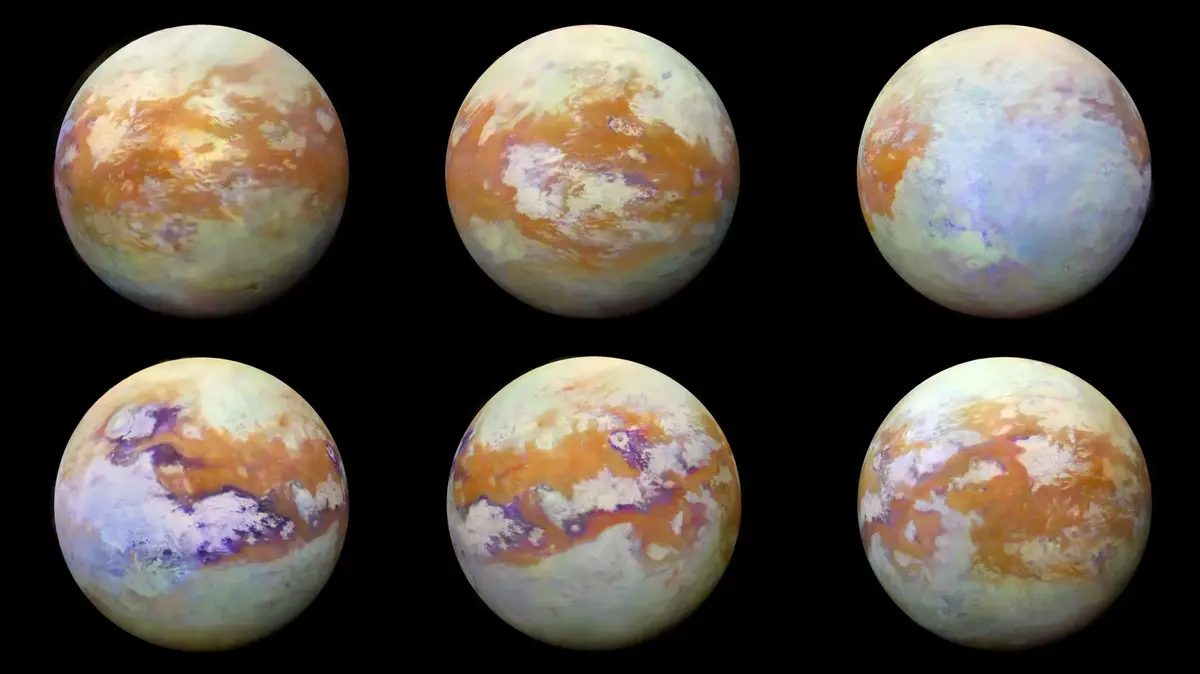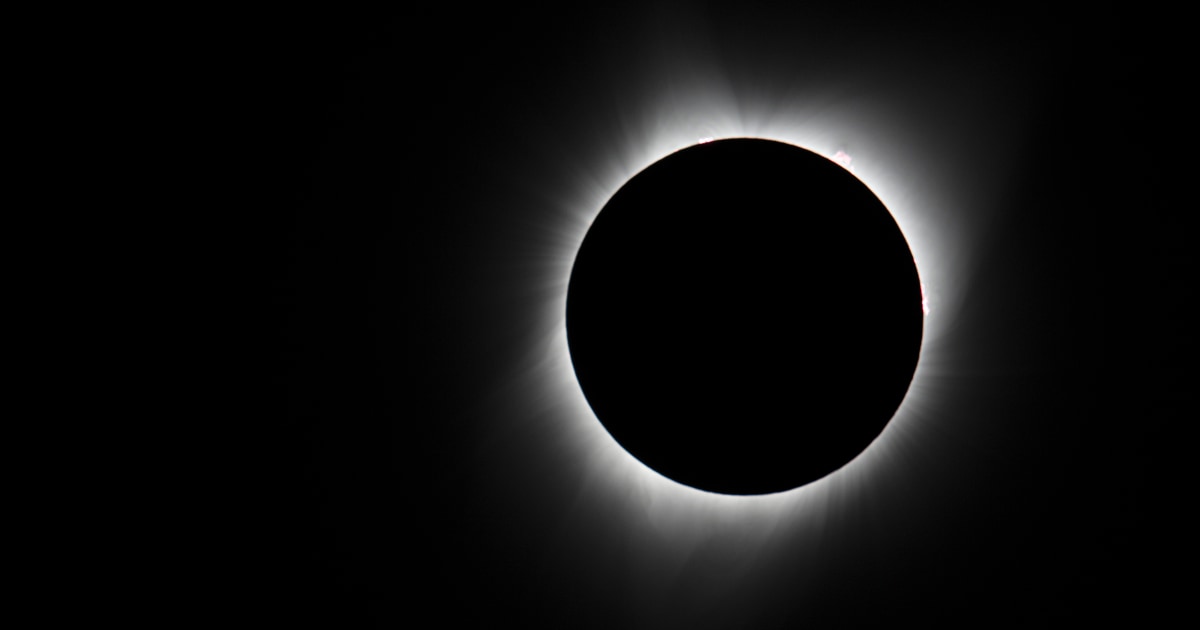This moon is similar to Earth, and scientists may have an answer as to why
Titan, one of Saturn's moons, has geographical features reminiscent of Earth - the problem that until now has not been a plausible explanation for their formation under the conditions prevailing on the moon.
Now a team of scientists is offering a possible explanation related to granular precipitation that is also found here
Niv Lillian
02/05/2022
Monday, 02 May 2022, 12:01 Updated: 12:13
Share on Facebook
Share on WhatsApp
Share on Twitter
Share on Email
Share on general
Comments
Comments
Titan, the moon of Jupiter (Photo: NASA)
Titan, one of Saturn's large moons, is similar in appearance to our little blue-green sphere: it has rivers and winding ridges, and soft sand dunes.
In one fundamental difference: the rivers do not flow with water but with liquid methane, and the sand of the dunes is not exactly the sand we know.
For years scientists have wondered why the moon has a geographical structure reminiscent of the Earth, but now they seem to have an answer.
The wonder was created because the sediment on the moon's surface is made of organic matter.
In doing so, they are much more fragile and mobile, than the hard silica-based precipitates found on Earth and unable to support changing geographical structures such as those observed on Titan, and do not withstand gaseous winds there or liquid methane.
Good to know (promoted)
The smart test that detects an increased risk of having a stroke
Served on behalf of Shahal
Saturn (Photo: AP)
Now, however, a team led by Stanford University professor Matthew L. Potter has come up with a possible explanation: Possible seasonal changes are what have led to Saturn's geographical changes.
The team studied a certain type of precipitation, which is found on Earth, and has a structure similar to the same precipitation on Titan.
On Earth these are found mainly in tropical water areas, in the form of fine dust, but with a uniform structure.
According to the researchers, the crystallization of the granules into one stable lump can withstand the gaseous winds that propel the granules.
The team analyzed atmospheric information coming from the Cassini spacecraft to conclude how this precipitate formed in different geographical areas.
They further discovered that the optimal conditions for their formation, were more in the equatorial region of the moon, which caused the formation of stones and rocks, which eroded again.
Moreover, Titan is the only celestial body known to us in the solar system other than Earth, which has a change of seasons characterized by changing methane currents, and L. Potter speculates that this also has to do with the formation of geographical structures on Saturn's moon.
technology
Tags
moon
Star
Saturn


/cloudfront-eu-central-1.images.arcpublishing.com/prisa/OATWCNRFTFFYPA5MJKI5644CLY.jpg)






